"With a thousand million questions..." -Moody Blues
I looked at my watch...November 20th...WHAT?! November 20th! I leave Antarctica on November 26th! Ack! Only six days left on this cold, windy, icy, continent that I've grown to love in such a short time. Only six days left to hang out with and learn from the amazing researchers, drive out on the sea ice, observe the slow-moving sea spiders and flowing nudibranchs in the lab, look through microscopes at sea spider and nudibranch eggs, and get curious and learn as much as I can about this place.
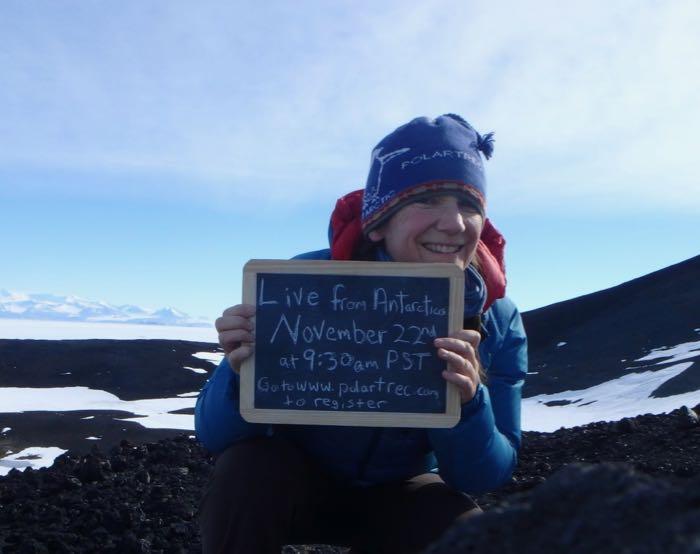
Only 2 more days until my live from McMurdo presentation!!! That's right, you can virtually join me here in Antarctica on November 22nd! The event is called PolarConnect and it will include a short presentation from me and the research team followed by a question and answer session. Don't forget to pre-register by clicking HERE. While geared for a K-12 audience, I invite everyone to attend! Tell your friends, tell your friends friends, tell your teacher friends! Hope to see you on Friday! (In the U.S.: 8:30am Alaska, 9:30am Pacific Time, 10:30am Mountain Time, 11:30am Central Time, 12:30pm Eastern Time)
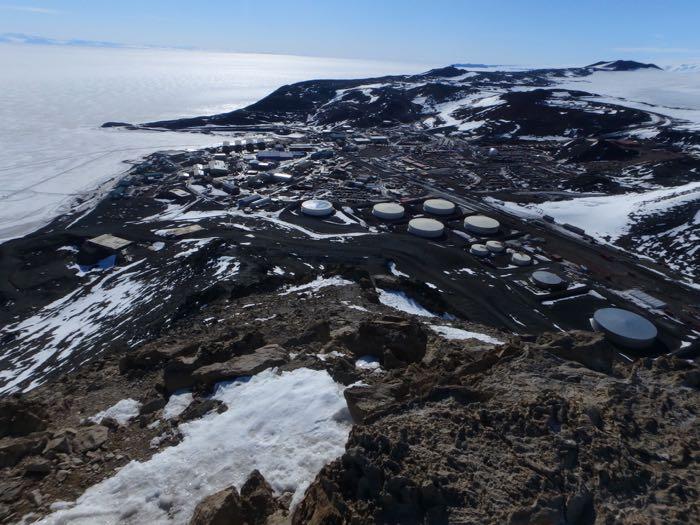
PolarConnect isn't the only way I've been able to connect with students and educators. Since I've been down here I have been able to use skype to talk to classrooms and education organizations. Skype is the only platform we can use that lets us video talk to other people. We have to sign up for a skype session that is related to outreach and it's best if they are early in the morning.
The great thing about talking to students is they are constantly wondering about this world! This morning I was talking with 5th graders at Loma Verde Elementary in Marin County, California. What a curious bunch of students! They had so many questions, many of which I couldn't answer. So, I did a little research, talked to some divers and animal experts and here's what I learned today. (Thanks Loma Verde for your curiosity!)
What's the most amazing thing you've seen underwater in Antarctica?
Diver Aaron Toh said the most amazing thing he's seen are sea urchins with sea spiders standing on top of them and some items that are most likely left from Captain Scott's expedition!
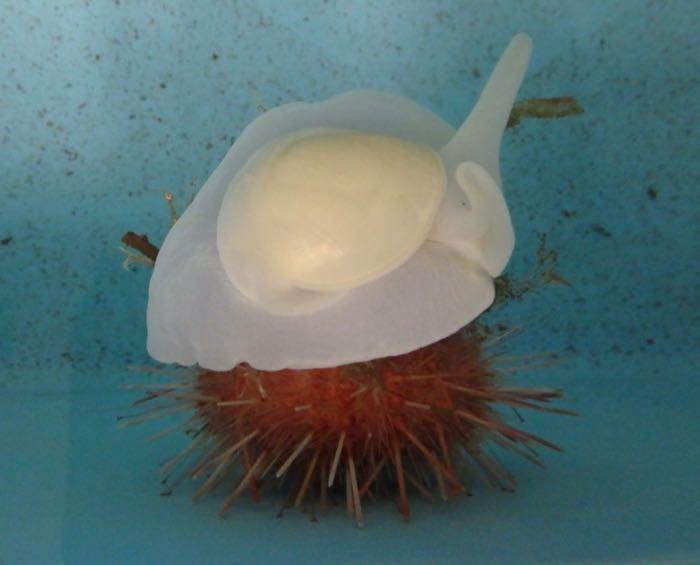
What is the biggest animal you have seen in the ocean?
Diver Rob Robbins said the biggest animal he's ever seen while diving in Antarctica is an orca also known as a killer whale.
What is the most dangerous animal when you are diving?
Rob Robbins and Steve Rupp, the two United States Antarctica Program science divers, both said the leopard seal is the most dangerous animal that they see while diving.
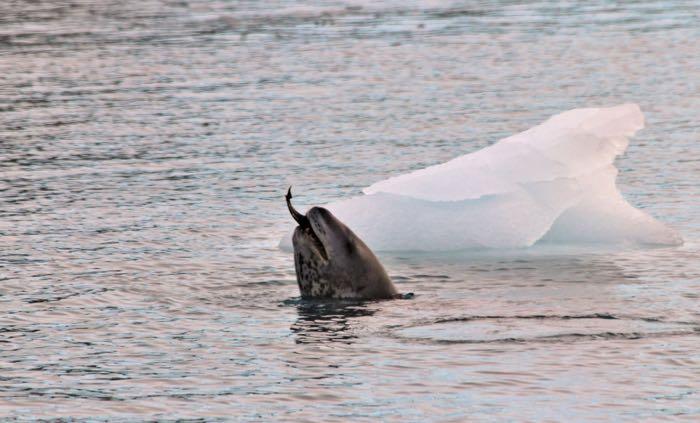
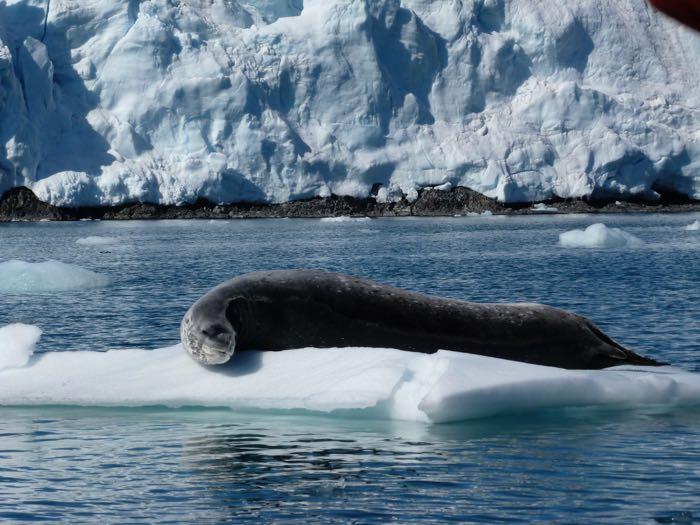
Are there any endangered species in Antarctica?
Yes! There are endangered species in Antarctica. I had guessed, when I was talking with Mira Loma students this morning, that there were some endangered whales. Well, not only are the Sei Whale, Blue Whale, and Fin Whale endangered, the Amsterdam and Tristan albatrosses are critically endangered and 4 other types of albatrosses (Northern Royal, Sooty, Indian yellow-nosed, and grey-headed) are endangered. All of these animals are experiencing decreasing populations. There are some penguins that are vulnerable and near threatened that are also experiencing decreasing populations.
Adélie penguins, the type of penguin I saw a week ago, are also under threat due to climate change and the commercialization of krill. People use krill for food, for fish feed, and as nutritional supplements. Humans are using so much krill that there is less krill for all of the animals that eat it.
ClimateThe average weather over a particular region of the Earth. Climate originates in recurring weather phenomenon that result from specific types of atmospheric circulation. change is also impacting Adélie penguins. The Antarctic Peninsula, where some of the Adélies live, is experience warming 5 times faster than other parts of the world! (This is called Polar Amplification and is happening in the Arctic too!)
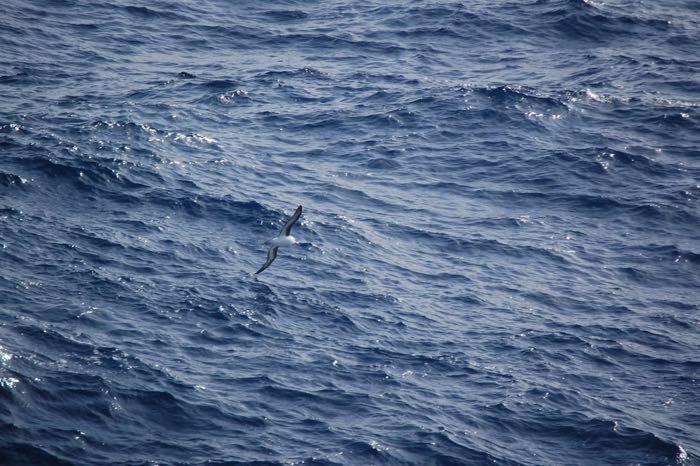
If so, what are people down there doing to protect them?
The main thing people down here are doing to protect them is to first research what exactly is causing the population of the species to decline. Then, they can figure out who to talk to and how to educate people to, hopefully, reverse the population decline of these living things.
There are organizations that are focused on conservation of the albatross. The British Antarctic Survey is currently studying albatrosses. To find out more click HERE One thing that has definitely been impacting the albatross population is long-line fishing. The number one human threat to albatrosses are fishing lines. About 100,000 albatrosses die every year due to fishing lines. Fishing lines are dangerous to albatrosses and petrels when they are floating on the surface of the water. Once the lines are sunk, the birds are no longer interested. So, conservation groups and the fishing industry are working together to change fishing practices so albatrosses and petrels aren't killed. (Information from the Antarctic and Southern Ocean Coalition)
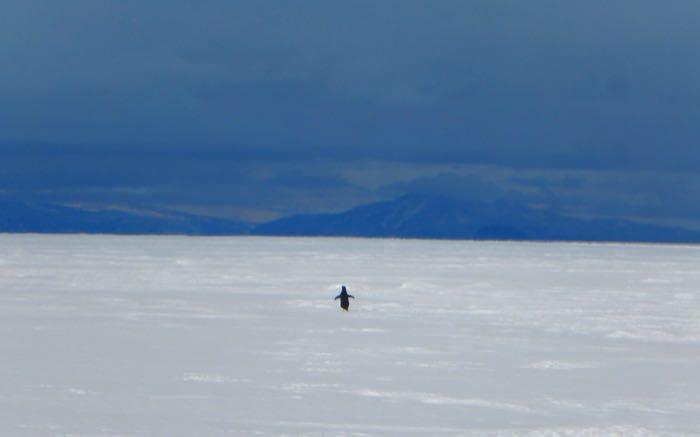
When I first flew down to Antarctica, I met some researchers from Point Blue Conservation Science. Based out of Marin County, California, Point Blue is studying the impacts climate change is having on the Adélie penguins. This way we will have a better idea how they are being affected and how we can help them. To find out more about Point Blue's work click HERE or go to www.pointblue.org/our-work/oceans/ Click here for a link to the penguin cam at Cape Royds, Antarctica Adélie penguin colony where Point Blue scientists are doing their research!
Have you seen any animals trapped in plastic or affected by plastic?
I personally have not seen any large animals trapped in plastic. I have seen some fibers in plankton tows I have done and one of the planktonic bivalves had a piece of green fiber around its cilia. That said, there are reports of plastic entanglements in other parts of Coastal Antarctica mainly related to fur seals. The British Antarctic Survey is monitoring plastics in Antarctic waters. You can find out more by clicking HERE
Endangered species and plastics in the ocean! Whew, we have a lot of work to do.
In the meantime, here's a sea spider to make you smile.
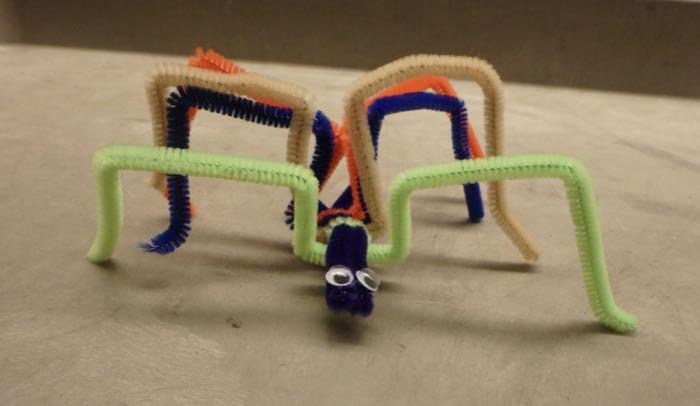
What are you wondering about the world around you or Antarctica? Write your questions below!
Stay Curious, my friends and write any questions or comments you have below!!!


Comments